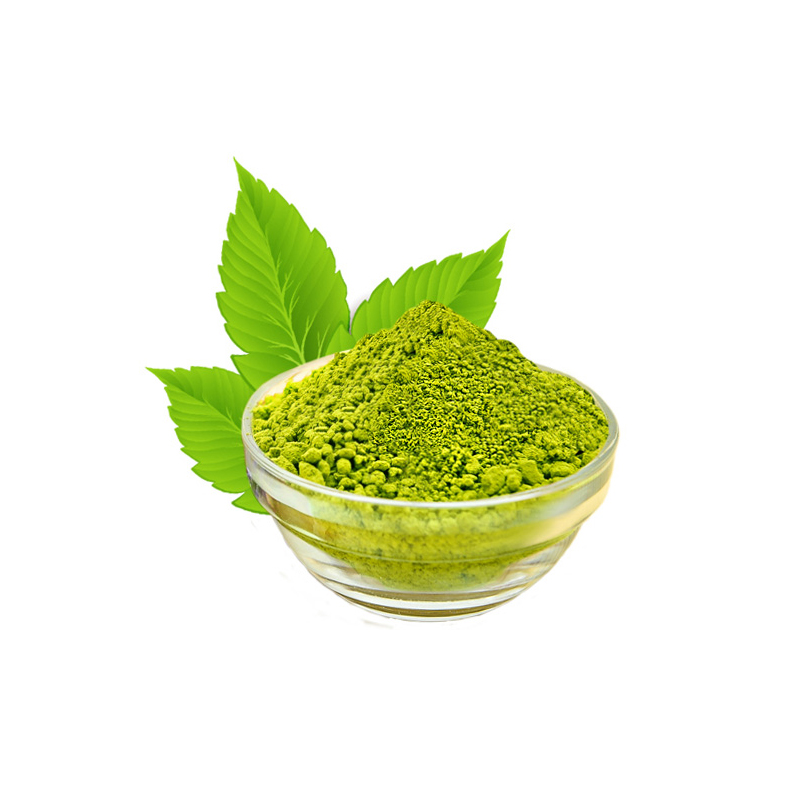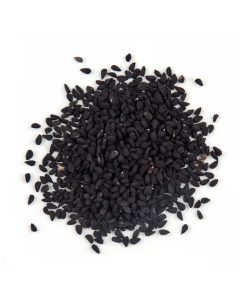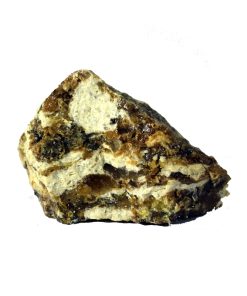Henna Leaves (Barg-e-Hina)
برگ حنا
Rs 91
- Useful In Covering All The White And Grey Hair
- Useful For Healing Head Pain
- Used As a Medicine For Skin Burns
- Used To Treat For Hair Problems
- Useful In Treating Migraine Pains
The word “henna” is understood by people around the world in many different ways. The majority of people probably associate henna with the dark-red/brown dye for hair and skin that is traditionally used in Eastern cultures, but the name also applies to the flowering plant from which that dye is derived. As the sole species in the Lawsonia genus, henna has many different names across the globe, including hina and Egyptian privet, but they are all describing the same remarkable plant, which has the scientific name Lawsonia Inermis. You can identify a henna plant by its small white or pink flowers, as well as the small fruit it bears. Henna can be used in a wide variety of ways, including its dye form, as well as in aqueous extracts, tinctures, and salves, composed of the bark, seeds, or leaves. This versatility makes henna a very valuable element in traditional medicines, particularly Ayurvedic practice.
Henna is black or brown in colour and has the property of colouring objects to red or brown where it is applied. Hence, it is used as a cosmetic for designing skin and coloring white or dull hair. Henna has a lot of cosmetic applications. Henna is also been found of having many health benefits.
Henna leaves (برگ حنا, مہندی کے پتے) are very much beneficial. Henna leaves extracts in the form of leaves, powder and paste are used for a lot of reasons. Some of these are as listed below:
- Henna is been found to have cooling properties. It can be used as an anti inflammatory substance to get down swelling.
- Henna leaves used as powder or paste is a solution for almost all hair problems ever occurred. Henna paste applied on the hair once in a week can help reduce dandruff, smoothen the hair and bring a shine to them. Additionally, Henna is also useful in covering all the white and grey hair you have.
- Henna leaves are considered to be good for treating burns. As mentioned already, Henna has cooling properties. Therefore, the leaves of Henna when rubbed on burns can reduce the pain effectively. Henna leaves are therefore used as a medicine for skin burns.
- The “cooling” property of Henna is also very useful for healing head pain. Henna leaves or Henna extracts can be rubbed on the forehead to reduce any chronic pains. Henna is very useful in treating Migraine pains and can be used regularly. Henna can be a very good substitution for Aspirin.
- Henna is said to have properties of healing liver ailments like Jaundice. The yellow fever is quite dangerous and sometimes difficult to treat. Hence, Henna can be a good ayurvedic option to treat Jaundice without any serious side effects.
- Henna is considered to be effective in healing Tuberculosis also known as TB.
Henna has many other health benefits like it can be used as an anti – bacterial paste or anti – fungal paste. It can also be used to enhance the growth of hair. Henna also has a pleasant smell.
Not only Henna leaves but also Henna bark are very useful and beneficial for our health. Apart from all the religious reasons, Henna is a very useful and important Ayurvedic plant. All the parts of this plant has important uses for us. So next time you don’t use Henna paste just to colour your hands.
The information is for educational purposes only. This information has not been evaluated by the Food and Drug Administration.
This information is not intended to diagnose, treat, cure, or prevent any disease.





